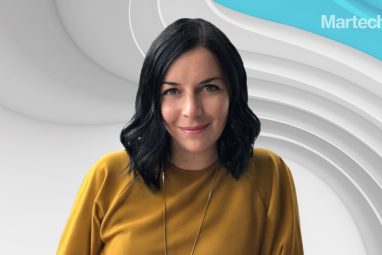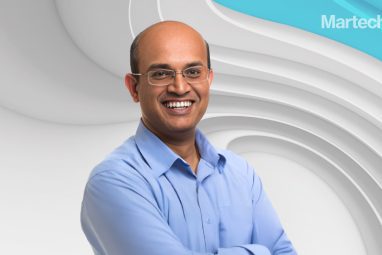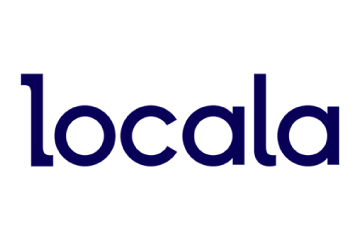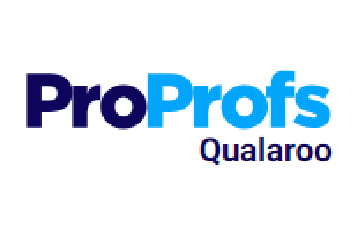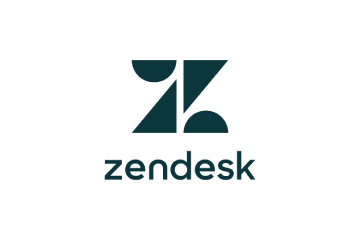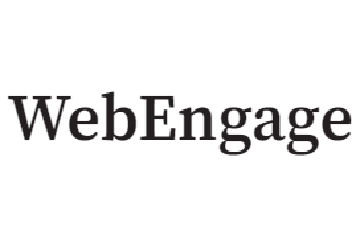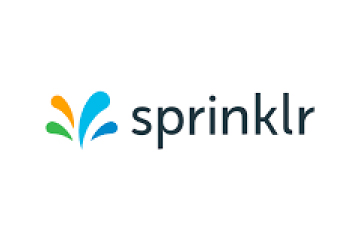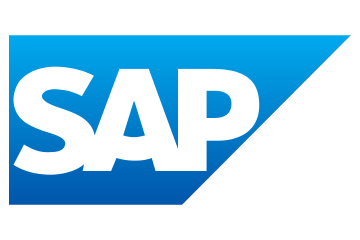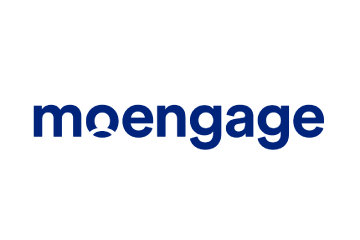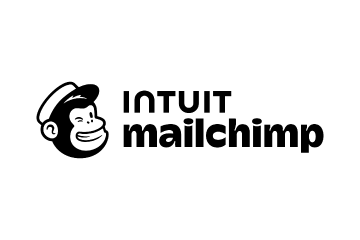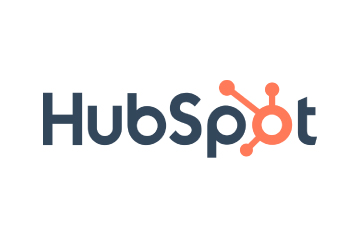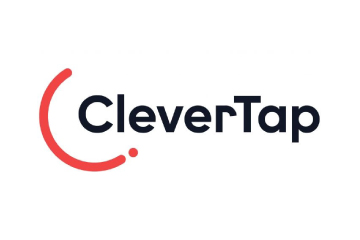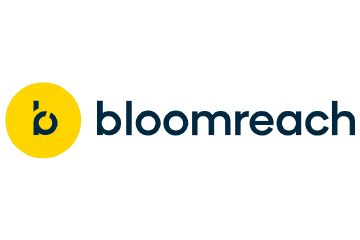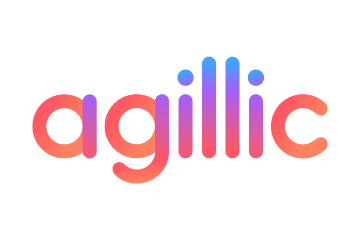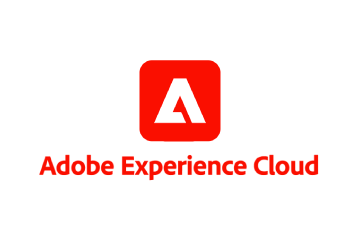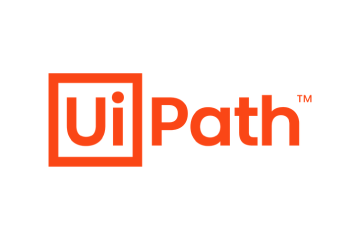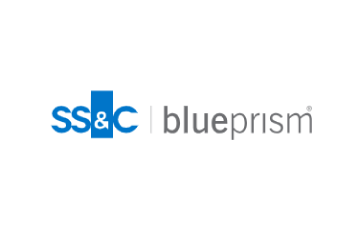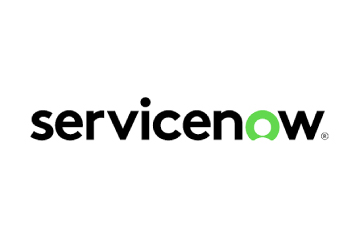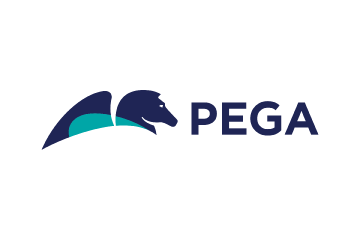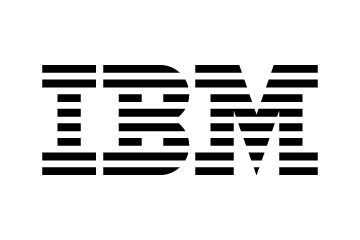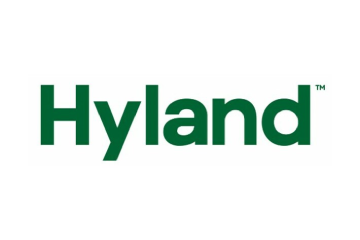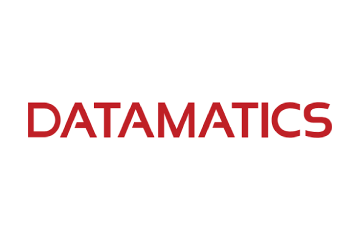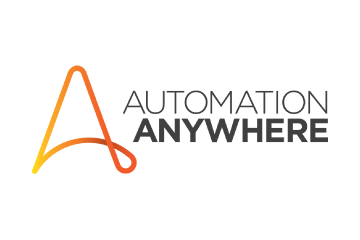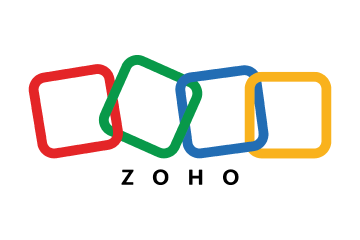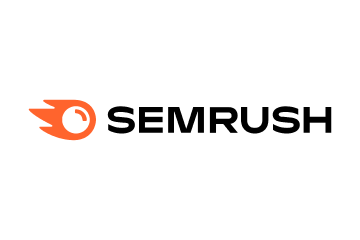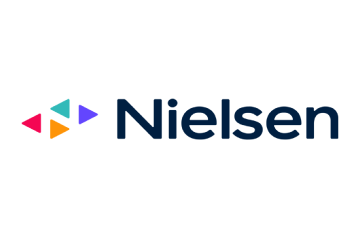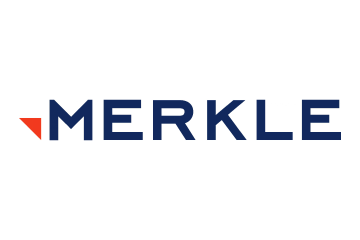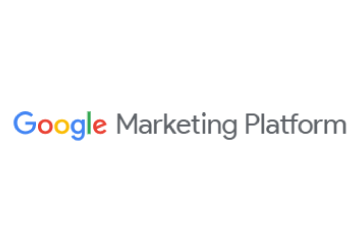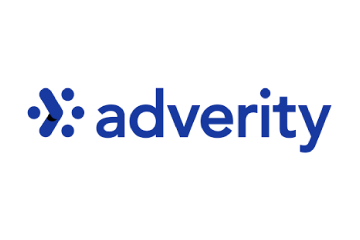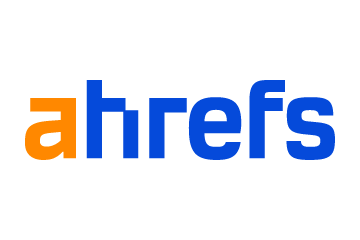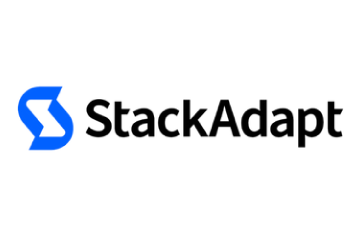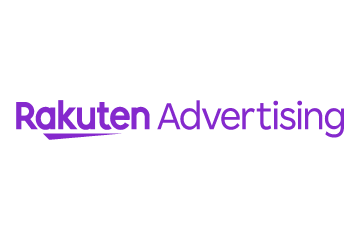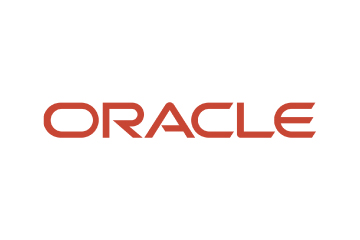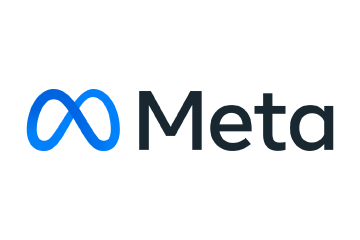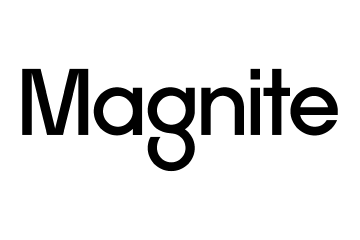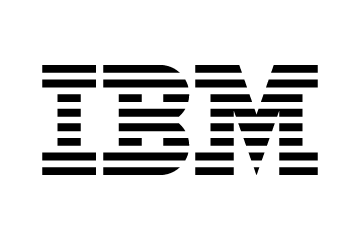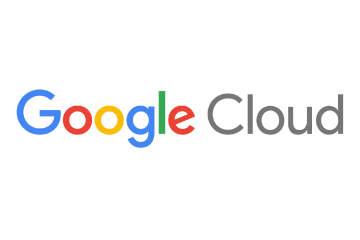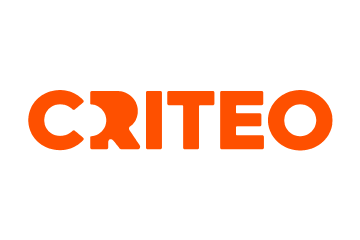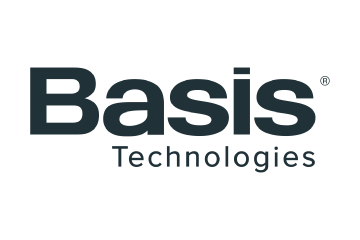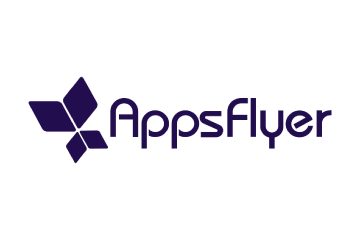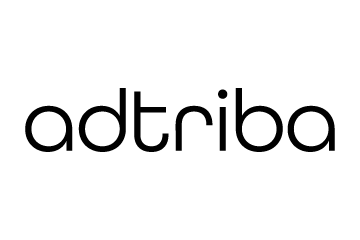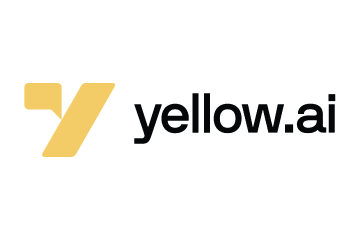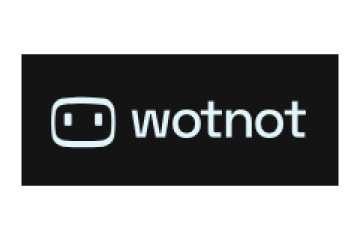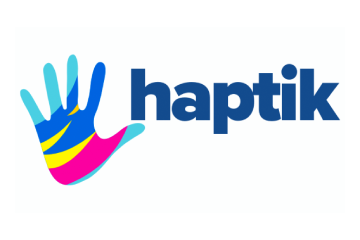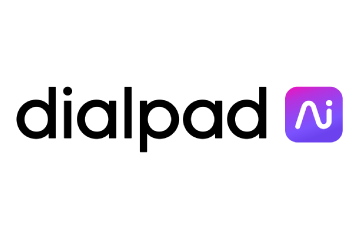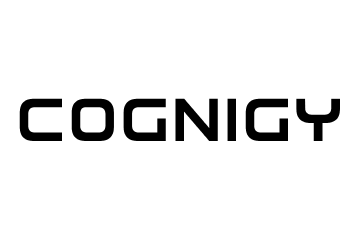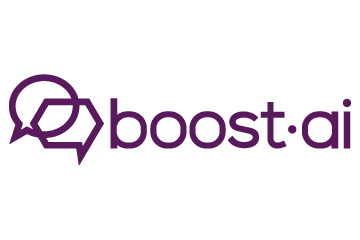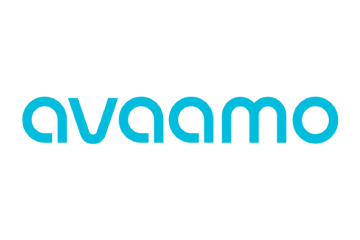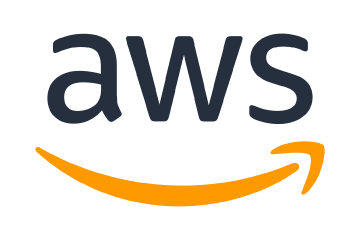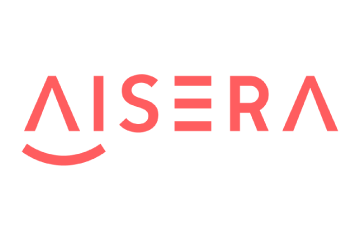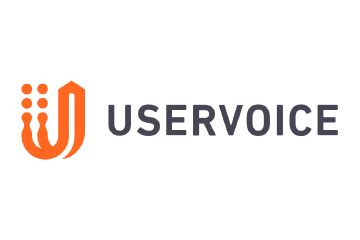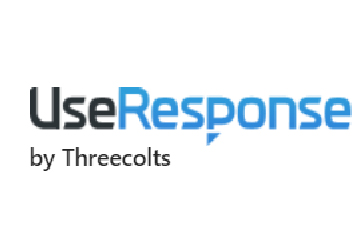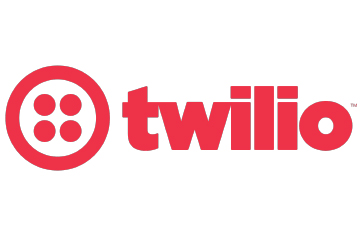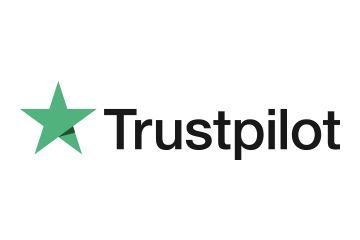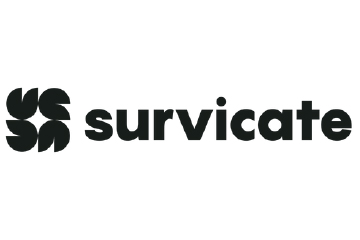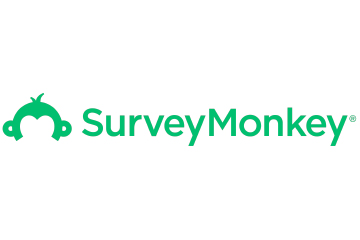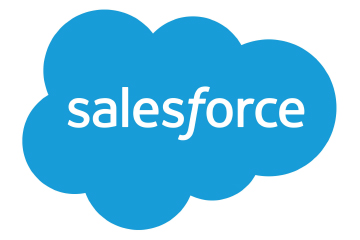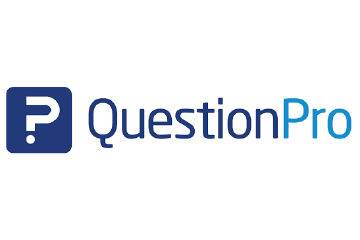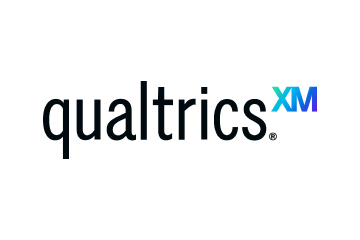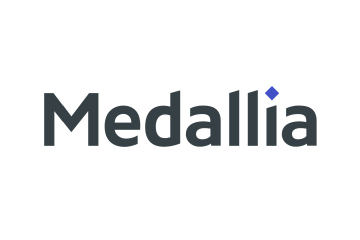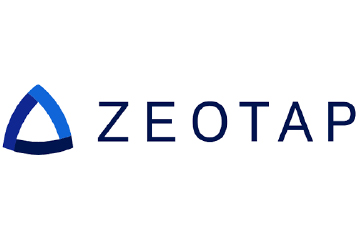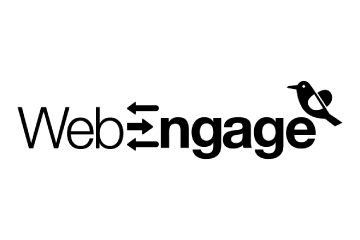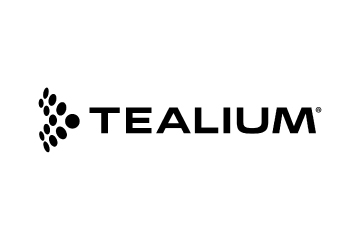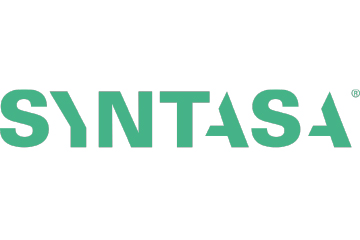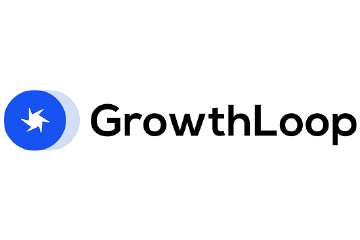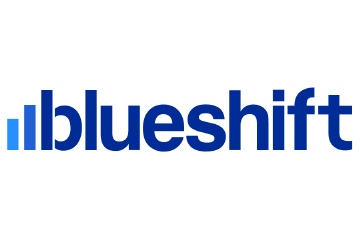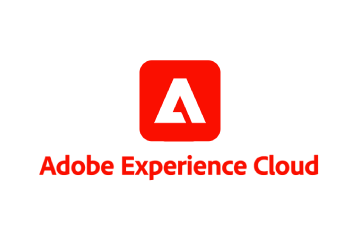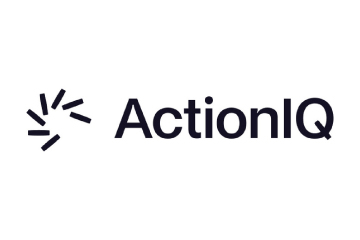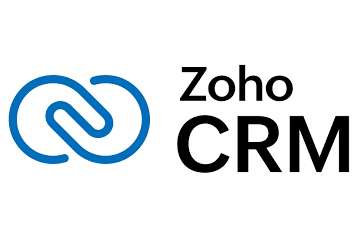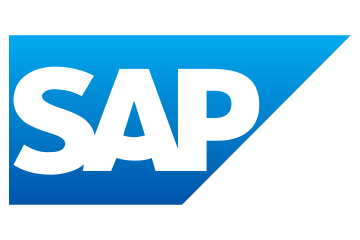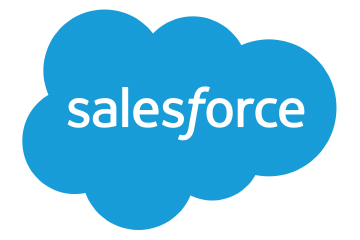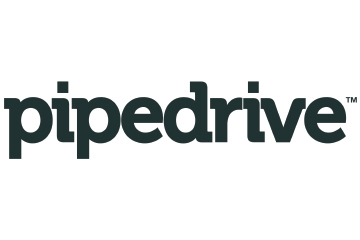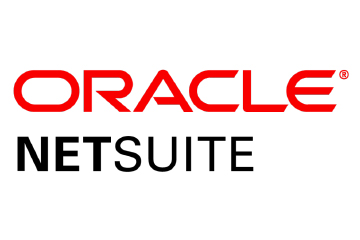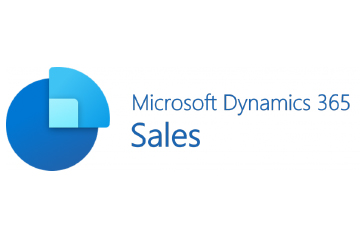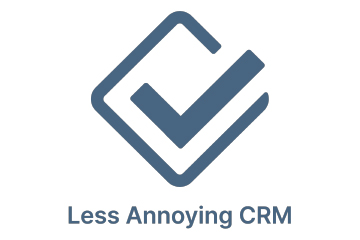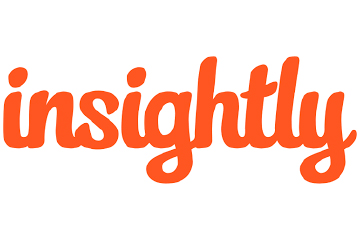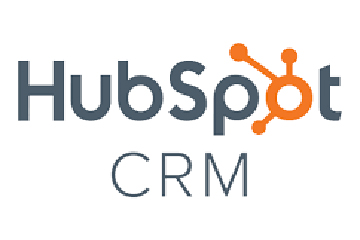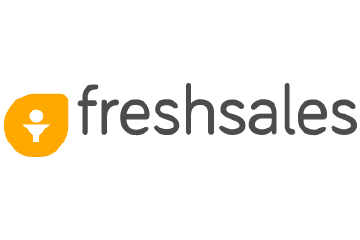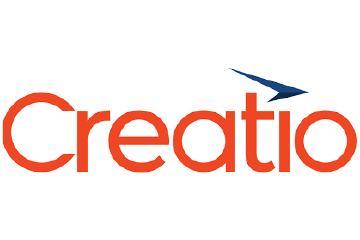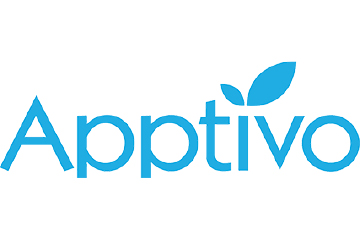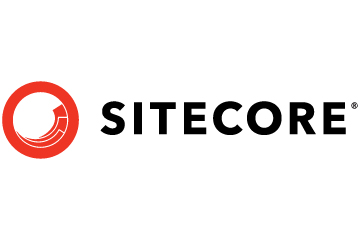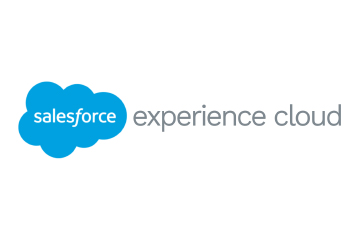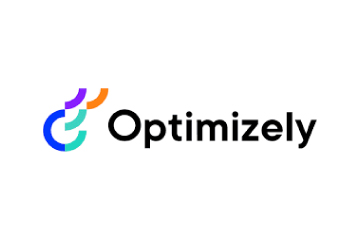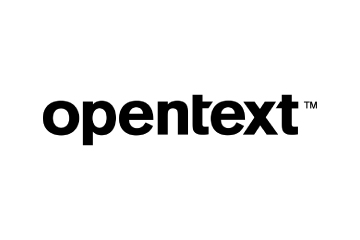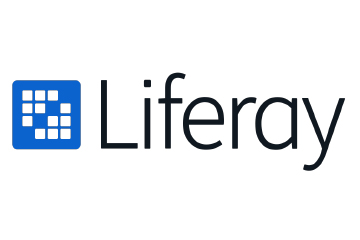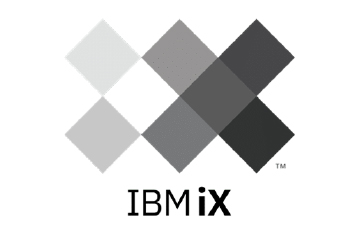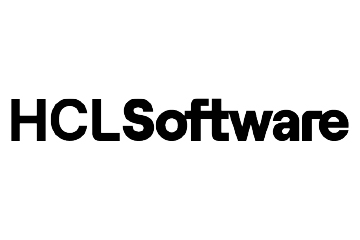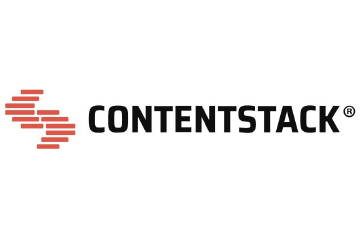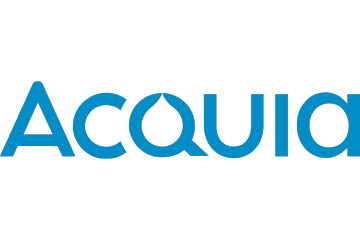Creative Optimisation Starts Where Ad Volume Ends
More ads don’t mean better results. In 2025, the edge lies in emotionally intelligent, optimised creative that drives both installs and retention. What does the recent Appsflyer report reveal?
Topics
What to Read Next
- Teads Partners with XPLN.AI to Advance Attention Measurement
- Factory Berlin, All Voice AI Launch Real-Time Voice Monetisation Platform
- Continua Adds Amazon, Google, Instagram, & TikTok Shopping to Social AI
- Airtory, CultureSync Media Partner to Deliver Rich Media Advertising
- VuePlanner Integrates Sundogs’ Creative Insights into CreativeVue

True creative optimisation goes beyond surface-level tweaks like placement, colour, or copy. It dives into the emotional and psychological triggers that drive action: hooks, narratives, and motivators embedded within the creative.
AI has democratised production, enabling even small teams to churn out hundreds — sometimes thousands — of ad variations at record speed. But the rapid growth in creative supply has shifted the bottleneck from production to something more elusive: meaningful optimisation.
In the recent report by AppsFlyer, State of Creative Optimisation 2025, over 1.1 million ad creatives across 1,300 apps in Gaming and Non-Gaming categories were analysed. The findings shine a light on how creative strategy is changing — from mass production to measured, emotionally resonant content.
“In a crowded feed environment, creative success now hinges on fast cycles, emotional depth, and channel-specific best practices. The strategies that win are the ones that combine volume, variety, and intention,” said Simona Vilkaite-Marcinkevice, Creative Strategist at meta.
Volume Is Not the Villain — But It’s Not the Hero Either
AI-driven tools have made it easier than ever to scale ad production. In fact, high-spending Non-Gaming apps increased their creative output by 18% year-over-year, producing an average of 2,365 variations per quarter — outpacing Gaming’s growth by 80%. Still, top-tier Gaming apps lead in sheer volume, with 2,743 creatives per quarter.
But that scale comes with risk: noise. Without intelligent measurement and emotional insight, more creatives just dilute impact. This is where true creative optimisation comes in — digging deeper than color changes or copy tweaks, and focusing instead on the emotional and psychological triggers that prompt user action.
Guy Howland, Executive Creative Director – Performance Creative at Dentsu Creative said, “Performance thinking is now part of the brand conversation, and vice versa. That means we’re designing ideas that can flex across the full funnel – work that’s strategically sharp, creatively strong, and measurable in real terms.”
ALSO READ: Why Empathy will Outperform Automation
From Engagement to Retention: Redefining “Winning” Creatives
Winning ads aren’t just those that drive installs — they’re the ones that retain attention. According to the report, creative strategies that resonate emotionally are more likely to result in high Day 7 retention. For instance:
- TV and Music stars outperform Movie stars in Gaming, yet receive less budget. TV personalities deliver 2x the IPM of movie stars, and influencer-led formats deliver up to 28% Day 7 retention, vs just 19% for movie-star creatives.
- In Gaming, ads with music artists had 50% higher Day 7 retention than those with movie stars — despite having only 10% of the celebrity budget.
Similarly, the narrative structure of an ad makes a substantial difference:
- Failure-to-Success stories in Hypercasual Gaming drove 78% higher IPM than Pure Success stories but received 40% less spend.
- Challenge and competition-based narratives in Casual and Mid-core Gaming had higher retention rates — but were underutilised.
Category-Specific Creative Insights: What Works, What’s Underfunded
Across industries, the report found a disconnect between what works and what gets budget. Here are some highlights:
- User-Generated Content (UGC) Tutorials and Reviews consistently outperform Testimonials across Finance, Social, and genAI apps:
- In Social apps, UGC tutorials saw 45% higher IPM and 17% stronger Day 7 retention, yet drew minimal budget.
- In Finance, tutorial-style creatives drove 37% higher retention — proof that trust-building content converts better.
- In Finance, ads promising instant gratification (like immediate benefits) had +17% higher Day 7 retention.
- In Dating, “Serious Relationship” creatives outperformed “Casual” ones by 15%, despite lower spend.
- In GenAI, “transformation” creatives (e.g., before-and-after visuals) grabbed attention (3.68 IPM, 40% of spend), but had lowest Day 7 retention. UGC testimonials performed 36% better on retention.
- Storytelling Hooks in Social media were the top performers for retention (8.4% on Day 7), yet accounted for only 6% of spend.
- Social Proof and trend-based formats also performed well, offering a balance of strong installs and retention.
Strategic Shifts: From Star Power to Storytelling
Perhaps the most revealing insight is how marketers are rebalancing their investment strategies. While top-performing creatives still attract a large share of spend (53% in Gaming, 43% in Non-Gaming), there’s clear movement toward broader testing and diversified storytelling.
“Marketers are not just scaling top performers — they’re scaling variety,” said Adam Smart, Director of Product Gaming at AppsFlyer. “Creative scale is no longer just for the biggest players; it’s becoming a strategic imperative for everyone.”
For creative optimisation, winning teams are those that can produce at scale and with emotional precision, blending high-output pipelines with data-informed storytelling.
The future of mobile advertising won’t be won by the loudest ad — but by the one that makes users feel something… and stick around.
ALSO READ: How to Scale Retail Without Losing Brand Identity

